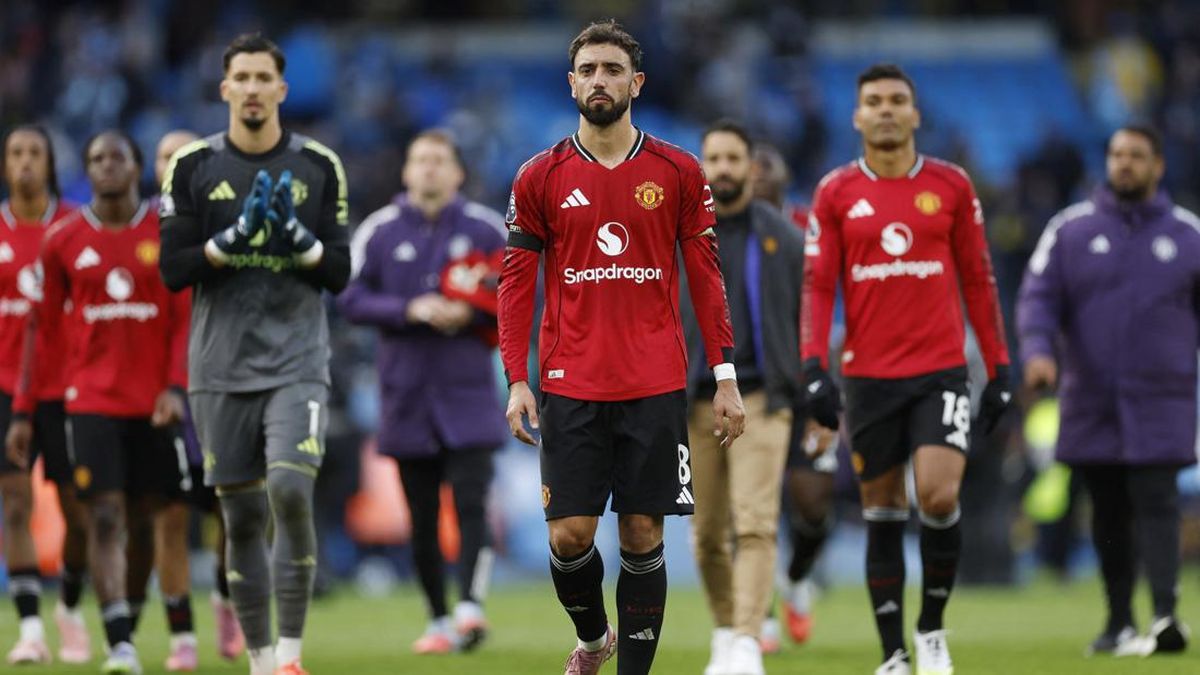Opinion
October 18, 2025 — 9.45am
October 18, 2025 — 9.45am
When Patrick Cummins sneezes, Australian cricket catches a cold, and when Cummins has a bad back, the country wets the bed.
Australia can’t beat England without him, David Warner says with what appears an analytical expression.
Australia can’t beat England without him, Stuart Broad says with unbridled glee.
Can Australia beat England without him? Who knows? But taking a deep backwards dive into last year’s Border-Gavaskar Trophy series, it’s harder to see Australia having beaten India without their captain’s contributions.
Last summer, the Australian Test cricket machine functioned about as well as it has in five years: hairy moments at the top of the order, but otherwise a strong 3-1 bounceback after losing the first Test in Perth. Cummins’ role in that series win, Australia’s first over India in a decade, tells us about the size and shape of the hole his absence would leave.
Cummins led the Australian bowling tally with 25 wickets at 21.36. His impact is better measured, however, in which batsmen he dismissed, and when.

Credit: Simon Letch
Given their own top-order troubles, the fulcrum of India’s batting was Rishabh Pant at No.5. Cummins dismissed Pant four times, more than any other bowler, twice when Pant was well set and building India’s biggest partnerships.
Cummins dismissed India’s two most reliable contributors, K.L. Rahul and Nitish Kumar Reddy, three times apiece. He also dismissed Rohit Sharma four times in five innings, ending his counterpart’s Test career.
Of Cummins’s 25 wickets, only two were tailenders. He dismissed India’s top scorer four times in nine innings, and put paid to India’s biggest partnership three times.
In another word: quality. “The Postman” delivered (actually, better than the post). The first two matches of last summer’s series perhaps best showed Cummins’s value through the colour of contrast. In Perth, despite having claimed Pant and Reddy, India’s top two scorers, in the first innings, Cummins was off his game. Yashasvi Jaiswal and Virat Kohli pounced, and India won. That second innings in Perth was the only time in the series Cummins did not bowl well, and it meant curtains for Australia.

Pat Cummins celebrates after dismissing Rishabh Pant in last year’s Adelaide Test.Credit: Getty Images
Cut to Adelaide. On the second day, India were entertaining hopes for a 2-0 lead until they met Cummins in a lean and hungry mood. He removed Rahul in his first spell, and came back when India were threatening a fightback. His dismissal of Rohit and top-scorer Reddy triggered a dramatic collapse, in which Cummins picked up two more wickets, that swung the momentum of the series to Australia.
In other words: the timing of his contributions was as significant as the fact. When India were building a partnership, Cummins gave himself the ball. When momentum needed reversing, it was Cummins putting himself in India’s path and rolling them back to where they’d started.
In the field, he doesn’t drop catches, and he kept his head in the decisive moment of the Melbourne Test when Kohli and Jaiswal confused each other. The Postman delivered the ball soundly for the runout that sank India.
Cummins was top of the world bowling tally, with 80 wickets at 23.48, in the last two-year Test championship cycle, but his batting has been an underrated element of Australia’s success. Against India, his 41 runs in Melbourne were critical to Australia’s eventual win.
Cummins has increased his versatility with the bat, too. For some years, he was a rich man’s Glenn McGrath, diligent and earnest as the ball clinked off the sour spots on his blade.
Recently, he has taught himself to slog, and his cameo of 22 off 10 balls set up Australia’s daring declaration in Brisbane.
India have been Australia’s great rivals in recent Test cricket, but the other form guide to the coming Ashes series is the last one. It, too, reveals a lot about Cummins’s impact.
England targeted his bowling, and when they got on top of Cummins in the first innings at Edgbaston, and again in the last days of the series, they also got on top of Australia.

Cummins and Sam Konstas celebrate Australia’s victory over India in the Boxing Day Test last summer.Credit: Getty Images
While Cummins’ Ashes return was 18 wickets at an expensive 37.72 apiece, 13 of his wickets were recognised batsmen, and his most frequent victim was Joe Root, followed by Ben Stokes and Harry Brook. Cometh the man, cometh the bigger man. He also had one of his best series with the bat, his 162 runs including his match-winning 38 and 44 not out at Edgbaston.
This number crunching does not take into account what Cummins’ presence and leadership brings to any team he plays in. Teammates trust his character, and Mitchell Starc’s bowling in particular has benefited from having Cummins at his side. Starc’s resurgence as an attacking force in the past two years owes much to the steadiness of his partner.
Every Jeff Thomson has needed a Dennis Lillee, and every Brett Lee has needed a McGrath. It must be very reassuring to take the field knowing that there is one player who hardly ever has a bad day.
Loading
If this glowing résumé is beginning to sound like a grim prospectus for Australia, it is. It’s not that they can’t win the Ashes without Cummins; it’s that their margin for error gets considerably tighter. Without Cummins, a lot of other parts of Australia’s game have to go to plan.
Runs from their top three, which would have been a nice bonus, now become a necessity.
And Nathan Lyon, who only had to chime in when needed last summer, will be required to bowl long, tight spells and take English wickets. All achievable, but much harder without Cummins.
One last footnote. This year and last, after a break from the Indian Premier League, Cummins bowled his guts out in 30 games for Sunrisers Hyderabad. Australian cricket’s thinktank probably already knows where, when and how Cummins’s back began to fracture from the stress of playing, practising and travelling.
He has played a lot of cricket since returning from a six-year back injury in 2017. In the fine balance that must be made between income and wellbeing, between the IPL and the Ashes, it’s a bit sobering to see how the long-term costs are incurred. Australia’s Ashes campaign might be where the bill falls due.
Most Viewed in Sport
Loading


















































